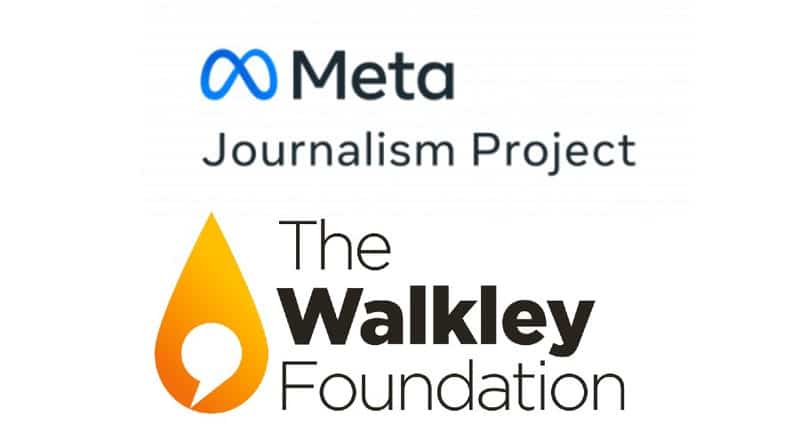Meta and The Walkley Foundation have unveiled $15 million in funding for 54 news organisations and independent journalists across Australia.
The Facebook Australian News Fund is a $15 million, three-year investment into the most promising public interest journalism and digital newsroom projects.
The program will prioritise applicants with digital publications in regional areas and those who cater more directly for Indigenous communities, women and other under-served audiences.
Multimedia gear, virtual news desks and even bushfire protection suits are among the latest tools of the trade to be awarded to Australian journalists and small news organisations striving to rekindle public interest journalism and accelerate their digital transition.
The fund is split into two categories: the $2.5 million Public Interest Journalism Fund and the $2.5 million Newsroom Sustainability Fund.
This will support newsrooms and journalists to create public interest journalism, harness the power of technology to engage their audiences and build sustainable news businesses.
The Public Interest Journalism Fund offers funding of up to $120,000 for small, regional publishers and independent journalists to fund news projects of public interest value and to encourage media diversity.
The Newsroom Sustainability Fund offers funding of up to $250,000 for regional newsrooms and digital-first publications for innovative and revenue-generating projects, such as subscription products, digital technology and broadcast studio equipment.
Funding will go directly towards a range of innovative projects, including news apps that aggregate content from radio and local newspapers, membership models where subscribers inform the editorial agenda, and hyperlocal community news forums.
Regional journalism is current in a state of flux and facing unprecedented funding challenges which the Covid-19 pandemic intensified.
More than 227 print or digital news mastheads have either closed or reduced services since January 2019, according to the Public Interest Journalism Initiative’s Australian Newsroom Mapping Project. Some 155 of these were the result of a contraction in a rural or regional area.
As a result 33 local government areas, or six per cent of Australia’s total municipalities, are now without a local print or digital news outlet.
Shona Martyn, CEO of the Walkley Foundation, said the impact of the Facebook Australian News Fund on Australian journalism will be profound.
“Money is going directly to the projects across Australia that our judges considered the most worthy during a rigorous arms-length assessment process,” she said.
“We received a total of 169 applications in this round. During the stringent judging process, budgets proposed by the applicants were analysed line-by-line. By offering partial funding to some projects, we ended up funding more applicants than originally envisaged. The two judging panels were looking for real need, creativity and detailed plans that could be guaranteed to deliver. The diversity of the successful applicants and the spread of awards across Australia is both encouraging and inspiring.”
“This week’s devastating floods in Queensland and northern New South Wales illustrate the importance of having a strong on-the-ground media presence in regional locations who have an intimate understanding of the area and its people,” Martyn added.
Andrew Hunter, news partnerships lead for Meta Australia, said: “As part of our investment in Australian news, we wanted to ensure that smaller, regional, rural and digital newsrooms were supported.”
“Funds are going directly towards public interest journalism as well as projects to help newsrooms grow and diversify revenue streams. We think it’s essential that these newsrooms are economically sustainable so they can continue to tell the stories of their communities.”
The Walkley Foundation independently managed the judging process of the fund and engaged a panel of media experts to choose the most credible and compelling projects.
Of the 169 applications that were received, 67 per cent came from news organisations or freelance journalists based in and/or serving audiences in a regional area.
Among the 54 successful projects, the same percentage were either regionally based or serving audiences outside a capital city. The progress of the recipients’ programs will be monitored over the coming year.
